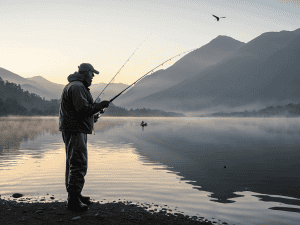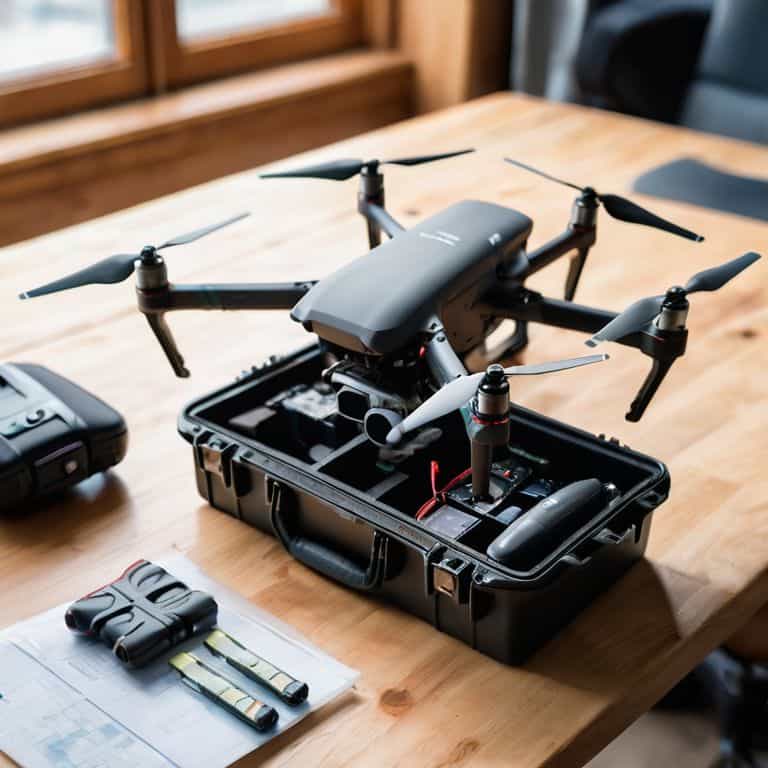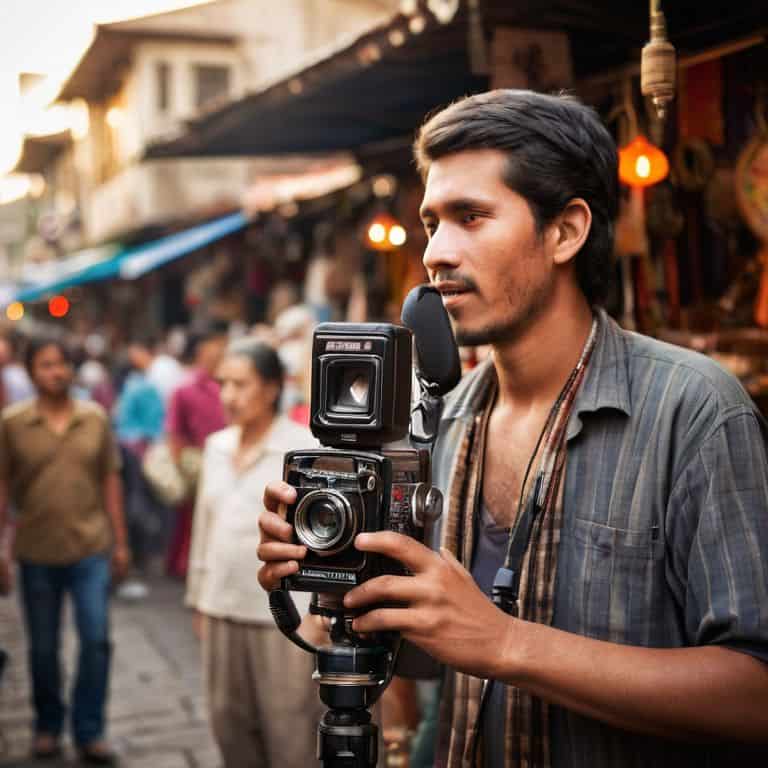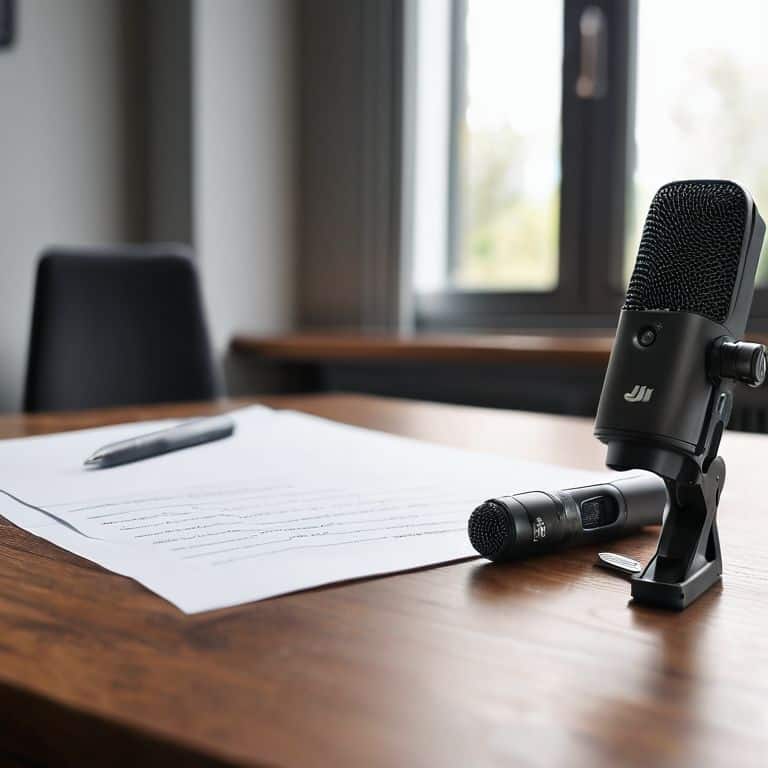I still remember the time I got my drone confiscated at the airport because I didn’t know the rules about how to travel with a drone legally. It was a hard lesson to learn, but it taught me the importance of doing my research before taking my gear on the road. As a travel videographer, I’ve had my fair share of close calls and mistakes, but I’ve also learned that with the right knowledge, you can avoid most of the headaches that come with traveling with a drone. The common myth that you need to be a legal expert to navigate the complex world of drone laws is simply not true – it’s easier than you think to get started.
In this article, I’ll share my personal experience and practical advice on how to travel with a drone legally, from checking the latest regulations to packing your gear for safe transport. I’ll cut through the noise and give you the no-nonsense tips you need to confidently take your drone on your next adventure. Whether you’re a seasoned pro or just starting out, this guide will walk you through the essential steps to ensure a smooth and stress-free journey with your drone. By the end of this article, you’ll be equipped with the knowledge to take your drone on the road without getting grounded, and capture stunning footage to remember your trip by.
Table of Contents
- Guide Overview: What You'll Need
- Step-by-Step Instructions
- Flying Free How to Travel With a Drone Legally
- Clearing Customs Drone Laws by Country and Declaration
- Packing for Success Drone Insurance and Registration
- Sky's the Limit: 5 Key Tips for Traveling with a Drone Legally
- Key Takeaways for Drone Travel
- Flying Smart
- Taking to the Skies with Confidence
- Frequently Asked Questions
Guide Overview: What You'll Need
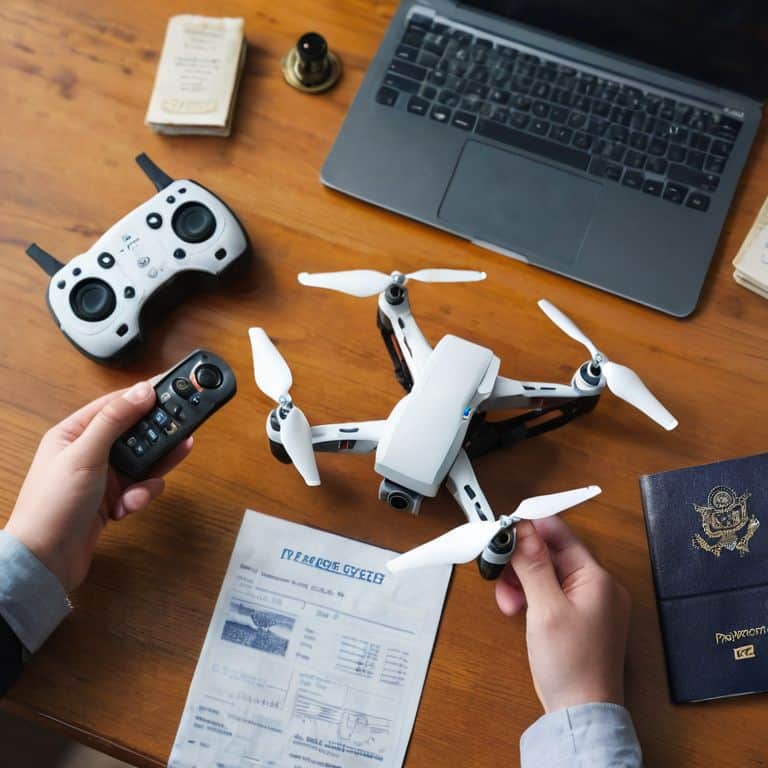
Total Time: 2 hours 30 minutes
Estimated Cost: $50 – $100
Difficulty Level: Intermediate
Tools Required
- Computer or Smartphone (for researching regulations)
- Measuring Tape (to ensure drone is within size restrictions)
- Scales (to weigh drone and batteries)
- Lithium Battery Safe Bag (for transporting batteries)
Supplies & Materials
- Drone Case (to protect drone during travel)
- Lithium Battery Packs (spares, if needed)
- Travel Adapter (for charging drone and accessories abroad)
- Copies of Documents (such as drone registration, insurance, and identification)
- 6 inches x 4 inches Notebook (for recording flight logs and notes)
Step-by-Step Instructions
- 1. First, familiarize yourself with the local drone laws and regulations of your destination, as these can vary significantly from one country to another. I always start by checking the official government website of the country I’m planning to visit for the most up-to-date information on drone usage. Research is key to avoiding any legal issues during your trip.
- 2. Next, ensure your drone is registered with the relevant aviation authority, such as the Federal Aviation Administration (FAA) in the United States. This is a crucial step, as many countries require drones to be registered, especially if they weigh over a certain threshold. I’ve learned from experience that having the registration documents readily available can save you a lot of hassle when dealing with local authorities.
- 3. Before packing your drone for travel, check the airline’s policy on carrying drones and lithium batteries in your luggage. Some airlines have specific requirements or restrictions, so it’s essential to be aware of these to avoid any issues during check-in. I always recommend packing your drone safely in a hard-shell case to protect it from damage during transit.
- 4. When packing your drone, consider the lithium battery restrictions imposed by airlines and transportation authorities. Generally, spare lithium batteries must be protected from accidental activation and carried in your carry-on luggage. Battery safety is paramount, so make sure to follow the guidelines carefully to avoid any risks.
- 5. Upon arrival at your destination, respect local regulations and any no-fly zones that may be in place. This includes areas around airports, national parks, or sensitive infrastructure. I use drone mapping apps to stay informed about restricted areas and plan my flights accordingly, ensuring that I’m always flying safely and legally.
- 6. Always carry a drone permit or proof of registration with you when flying, especially in countries where drone usage is heavily regulated. This can help resolve any issues with local authorities quickly and efficiently. Being prepared is essential, and having the necessary documents can save you a lot of time and trouble in the long run.
- 7. Finally, stay up-to-date with any changes in drone regulations during your trip, as these can change rapidly. I follow local drone communities and official social media channels to stay informed about any updates or new restrictions that may affect my drone usage. Staying informed is crucial to ensuring a smooth and enjoyable drone-flying experience during your travels.
Flying Free How to Travel With a Drone Legally
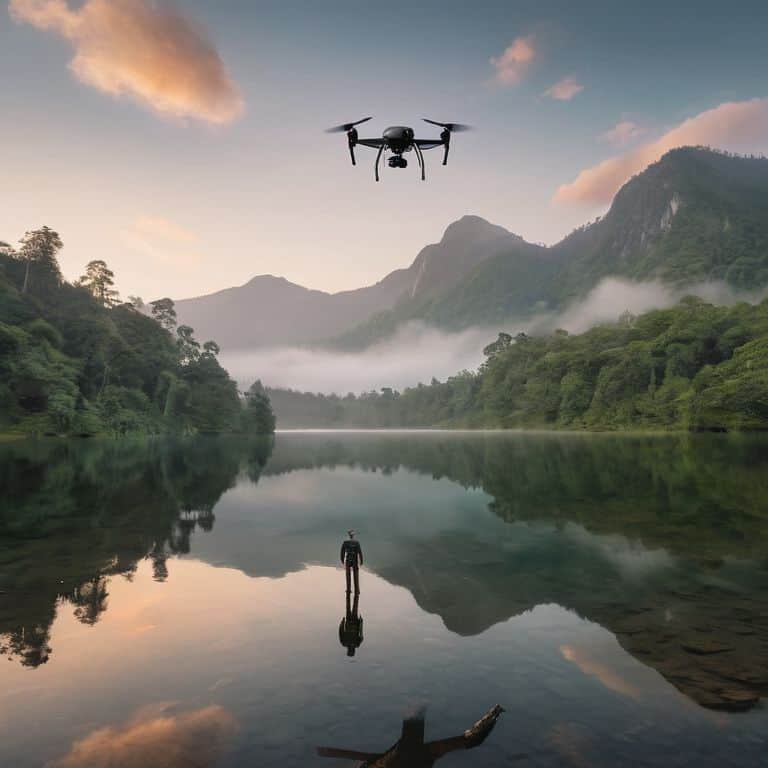
As I’ve learned from my own adventures, flying drone in national parks can be a thrilling experience, but it requires careful planning and research. Before you take to the skies, make sure to check the specific drone laws by country and regulations for the area you’ll be visiting. Some national parks have designated drone zones, while others may prohibit drone use altogether.
When packing your drone for air travel, consider investing in drone insurance for travelers to protect your gear against loss or damage. It’s also essential to understand the international drone registration process and to declare your drone at customs. A smooth journey starts with proper preparation, so take the time to review the customs declaration for drones and pack your drone securely to avoid any issues during transit.
By being mindful of these details, you can focus on capturing stunning footage and enjoying your adventure. Remember to always pack light and prioritize the essentials, including a reliable power source and a sturdy carrying case. With the right gear and knowledge, you’ll be free to soar to new heights and capture breathtaking views, all while staying on the right side of the law.
Clearing Customs Drone Laws by Country and Declaration
When crossing borders, it’s crucial to understand the drone laws of your destination country. Researching beforehand can save you from potential headaches. Some countries have strict regulations, while others are more lenient. For instance, the US requires registration for drones over 0.55 pounds, while Australia has a more relaxed approach. Declare your drone at customs, and be prepared to provide documentation, such as proof of registration and insurance.
I’ve had my fair share of customs encounters, and I can attest that honesty is the best policy. Be transparent about your drone and its purpose, and you’ll likely avoid any issues. Familiarize yourself with the specific regulations of your destination, and don’t hesitate to reach out to the relevant authorities if you’re unsure. A little preparation goes a long way in ensuring a smooth journey for you and your drone.
Packing for Success Drone Insurance and Registration
When I’m packing for a shoot, I always consider the what-ifs. That’s why I never leave home without drone insurance and registration. It’s like having a safety net for my gear – and my peace of mind. I’ve learned the hard way that accidents can happen, even with the best planning. So, I make sure my drone is registered with the relevant authorities and that I have insurance that covers damage, loss, or even theft.
I’ve found that having the right paperwork and coverage can be a lifesaver when traveling with a drone. It’s a small price to pay for the freedom to fly and capture stunning footage without worrying about the consequences. Trust me, it’s worth the extra step – and a few extra bucks – to ensure that my gear and I are protected on the road.
Sky's the Limit: 5 Key Tips for Traveling with a Drone Legally
- Research, Research, Research: Know the Drone Laws of Your Destination Country
- Register Your Drone: Get Your FAA Registration and ID Ready
- Pack Smart: Keep Your Drone and Accessories Organized and Protected
- Declare Your Drone: Understand Customs Declaration Forms and Avoid Trouble
- Insure Your Investment: Consider Drone Insurance for Peace of Mind
Key Takeaways for Drone Travel
Always research and understand the drone laws and regulations of your destination country before embarking on your trip, and make sure you have the necessary insurance and registration
Pack smart and efficiently, considering the ‘backpack test’ to ensure your drone and accessories are portable and protected, with a focus on battery life and durability
Declare your drone and accessories accurately when clearing customs, and be prepared to provide documentation such as proof of registration and insurance to avoid any complications or fines
Flying Smart
The key to traveling with a drone legally isn’t just about following the rules, it’s about understanding them – knowing what you can and can’t do, and being prepared for anything, because when you’re in the middle of nowhere, your gear and your wits are all you’ve got.
Rachel Bennett
Taking to the Skies with Confidence
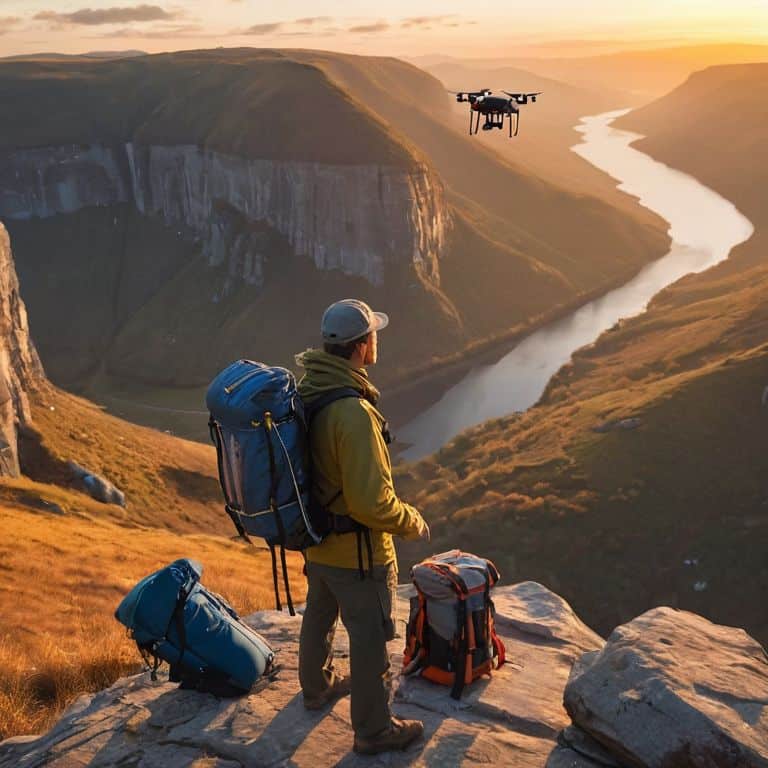
As I wrap up this guide on how to travel with a drone legally, it’s essential to remember the basics: from registering your drone to understanding the laws of each country you plan to visit. We’ve covered the importance of drone insurance, how to navigate customs declarations, and the varying regulations by country. These steps are crucial in ensuring your drone adventures are filled with excitement, not legal troubles. By being prepared and informed, you can focus on what matters most – capturing breathtaking footage and experiencing the thrill of exploration.
With your drone by your side and knowledge as your wingman, the world becomes a canvas waiting for your brushstrokes. As you embark on your journeys, always keep in mind that the best shots often come from the most unexpected places. So, don’t be afraid to venture into the unknown, to push the limits of what your drone can do, and to capture the essence of your travels. Whether you’re soaring over vast landscapes or diving into the heart of cities, remember that the true magic of drone travel lies not just in the technology, but in the freedom to explore and the stories you get to tell.
Frequently Asked Questions
What are the specific drone regulations for popular tourist destinations like Hawaii or the European Union?
Hawaii, for instance, has strict rules around flying near volcanoes and wildlife areas. In the EU, you’ll need to register your drone and follow local no-fly zones. I’ve got a cheat sheet on my blog with country-by-country drone laws to help you navigate – from Paris to Tokyo, and everywhere in between.
Do I need to purchase additional insurance to cover my drone while traveling internationally?
Honestly, it depends on your current coverage – check your policy to see if it covers international travel. If not, consider purchasing additional insurance that specifically covers drones abroad, it’s better to be safe than sorry, especially in unfamiliar territories.
How do I properly declare and handle my drone when going through airport security and customs?
When flying with my drone, I always declare it at check-in and fill out the required forms. At security, I remove the batteries and store them separately. Be prepared to show your drone’s registration and insurance documents. And, don’t forget to research the drone laws of your destination country to avoid any issues at customs.


